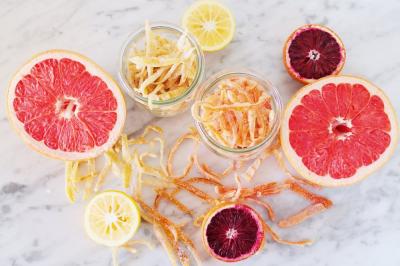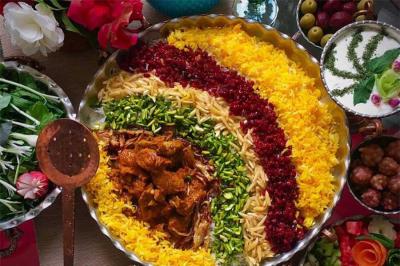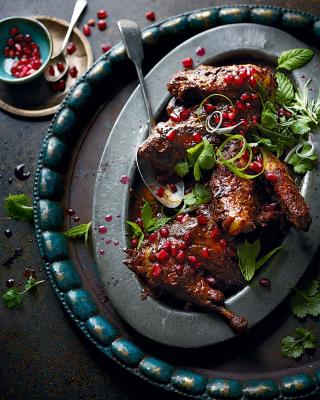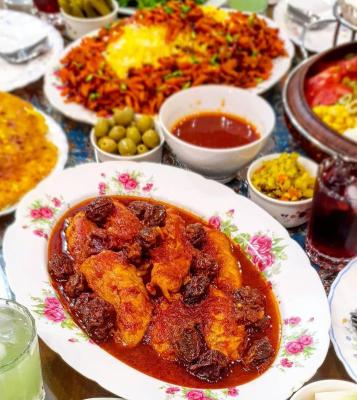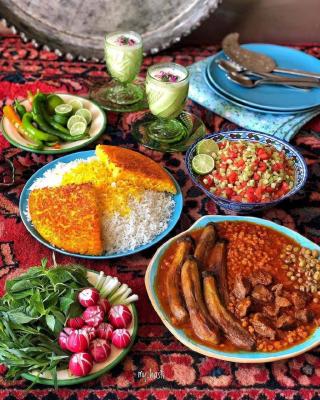South Of Iran Food And Cuisine land of hot and spicy flavors
Southern Iran
Iran, from north to south and from east to west, has different climates, traditions, and cultures, therefore has diversity in food and cuisine. Each region has its own kinds of food according to the region’s biodiversity. Wherever you travel to Iran, you will experience a variety of flavors and foods. Sometimes some of these foods, such as Qormeh Sabzi, Kuku, and Kotlet (Persian cutlet) have become more popular and are cooked in all parts of Iran, while others have remained unknown outside their native area.
Southern Iran has many delicious foods in addition to natural and cultural attractions. Traveling south can be a wonderful experience when you have the most hospitable people as your hosts. Due to its proximity to the sea, its cuisine is mostly based on seafood. Living in the scorching weather and humidity of the south requires eating food that can compensate for the weather’s destructive effects, and fish has many benefits in this regard.
One of the exceptional features of southern cuisine is strong flavors and spices. The taste of hot and spicy food always reminds every Iranian of the mouth-watering southern dishes. The Southern people love hot and spicy flavors, unlike the Northern cuisine, which is often sour. A variety of aromatic spices and peppers are the main and inseparable part of their food. Of course, southerners have sour and sweet foods as well; though it’s not their preference.
Now here we want to study some of the southern cities cuisine along with their most popular food. Any of these foods can be found in every southern city; our purpose is to inform you about every food origin. So stay with us.
Hormozgan Province
Having special climate conditions and being close to the Persian Gulf has created a perfect environment for food biodiversity in Hormozgan Province. In addition to the above, the cuisine of Indians, who lived in this province for many years, has had a great impact on the locals’ diet. Currently, most of the spices are imported from India and some local food and bread recipes have totally been inspired by Indian methods. Some of the most popular foods are Polo Biryani (mixed rice), Hawari (seafood with rice), Pakora (snack) different kinds of bread such as Kloki, Halgheyi (ring), Stepuri, and a special sweet mostly served at Ramadan named Zulbia (jalebi).
The local food is mostly similar to Kozhikode (city in India) foods from where spices used to come.
Bandar Bushehr
Bushehr province also has a tropical climate and has a high rank in the production and cultivation of date, citrus, and fisheries. Also, due to the access to open waters and the extensive relations of its people with the Arab people of the southern Persian Gulf and the presence of Indian and African people in Bushehr, has affected the culture and diet of the locals.
Bushehr food has a delicious and magical taste, the best of which is Shekar Polo (sugar with rice) that is mostly served with Bushehr Qeymeh (meat stew with potato, onion, split pea, tomato paste), Dal Adas (lentil, garlic, potato, tomato paste), Lakh Laakh (fish, Coriander, Fenugreek), falafel (chickpea, spices), and Lalak or Gemneh (bulgur, onion) served with Ghalieh or meat stew.
Khuzestan Province
The ethnicity and culture diversity in Khuzestan Province has affected the eating habits of the region’s people. Khuzestan cuisine, like Hormozgan cuisine, is often spicy and sometimes very hot. Since it’s located near the sea, all kinds of seafood can be found in every local restaurant especially fish which is cooked in different ways such as grilled or with rice. Samosa (sambose) and falafel are the most famous Khuzestani food that can be found in all cities of Iran. Spicy Indian food and delicious Arab food are also very popular in Khuzestan and can be seen on the tables of people all over the province.
Some of the foods that we know as traditional Khuzestan dishes are specific to this region and are less known in other regions; Such as Amgasht (rice, fish, raisin, dill), Ash-e Arde (unlike the name, it’s not a soup. It’s a pilaf cooked with mung bean, ground sesame, and palm syrup), Pakora, egg Ghalieh, Nafele (rice, minced meat, onion, chickpea flour, vinegar, sugar, dried mint), and Maasal dessert (a nutrient-rich dessert made of date, sesame, ginger, nutmeg, cloves, cardamom, cinnamon, and black pepper).
Qeshm Island
Qeshm is located in the southern coast of Iran, Persian Gulf. In addition to its wonderful and untouched nature, the great variety of local foods meet the needs of both foodies and green panthers!
Its special climate makes it a land of dates. People have been growing hundreds of kinds of dates; as a result, you can see a trace of date in many local foods such as “ranginak” dessert which is made when butter and flour get mixed with dates, cinnamon, and cardamom; or Ankas Fish which is cut into pieces and cooked in water and dates. Amongst its other popular and traditional foods are Kolumba or Fish Halim (fish, wheat, and vegetables (coriander and dill)), Poodini Kooseh (a weird food made of shark meat or flounder fish!), goat Kebab, Ghalieh Mahi or Meygou (fish or shrimp stew cooked with spices and herbs that are sour), and Mahyaveh (a mixture of sardine, barley, and mustard. Southerners say this is the food that Ibn Sina recommended people in order to prevent skin diseases).
Sistan and Baluchestan Province
The local food of Sistan and Baluchestan province, which is divided into two parts, Sistan and Baluchestan, is of Iranian origin. Despite its geographical proximity to Pakistani and Indian cultures, it has gotten almost no impact from Indian cuisine and kept its origin which is very unique among southerners who use common Indian spices as an inseparable part of their food.
Sistan and Baluchestan is a land of palm trees and people’s main vocation is animal husbandry. Therefore, meat and date are an inseparable part of their food. Unlike other southern provinces, locals use a small amount of hot colorful spices in their food.
Bread has a special role in the local’s cuisine. They bake different types of bread in oven or pan and serve with stew (Khoresh) or eat as a snack like Halekari, Gerdeh, Chalabak, Penari, etc.
Sistan famous foods are Soozi Omelet (an omelet made with a special local herb known as Soozi), Kashk Zard (onion, yellow Kashk, broth), Oujizak (a vegan dish consisting of potato, onion, tomato, and a special local herb called Achar), and Abgoosht-e Zaboli (meat, tomato paste, Achar, potato).
Baluchestan popular foods include Lanjou (fish, yogurt!), Tabahag (Ramadan special dish made of dried and salted meat with rice), Doogh Pa (beef, saffron, doogh (yogurt), split pea), Tanorche (barbecue beef), and Changal (literally fork! made of flour, date, and animal oil).
If you are looking for more information and Persian food recipes click here. IRANWATCHING would love to read your opinion. please share via comments below.
South Of Iran Food And Cuisine - land of hot and spicy flavors South Of Iran Food And Cuisine - land of hot and spicy flavors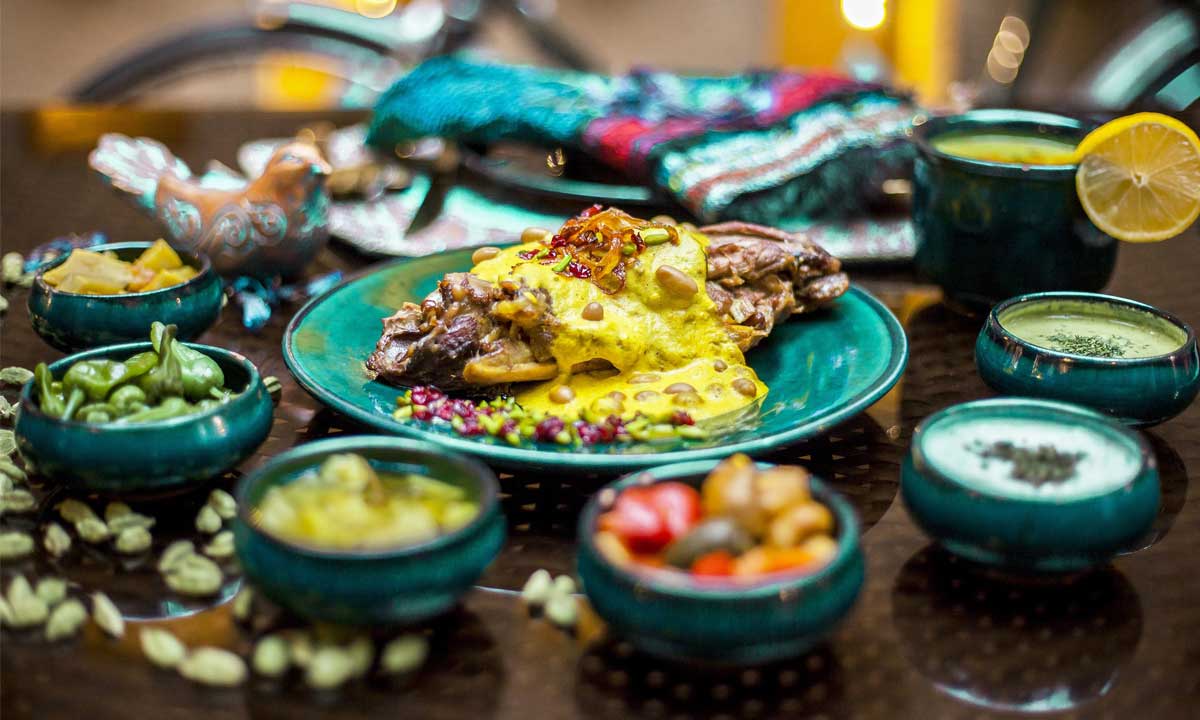 2020-08-15 09:52:05+3:30
2021-11-09 09:56:42+3:30
Southern Iran has many delicious foods in addition to natural and cultural attractions. Traveling south can be a wonderful experience when you have the most hospitable people as your hosts. Due to its proximity to the sea, its cuisine is mostly based on seafood. Living in the scorching weather and humidity of the south requires eating food that can compensate for the weather’s destructive effects, and fish has many benefits in this regard. One of the exceptional features of southern cuisine is strong flavors and spices. The taste of hot and spicy food always reminds every Iranian of the mouth-watering southern dishes.
Iranian Food,
Persian Food,
Iranian Cuisine,
2020-08-15 09:52:05+3:30
2021-11-09 09:56:42+3:30
Southern Iran has many delicious foods in addition to natural and cultural attractions. Traveling south can be a wonderful experience when you have the most hospitable people as your hosts. Due to its proximity to the sea, its cuisine is mostly based on seafood. Living in the scorching weather and humidity of the south requires eating food that can compensate for the weather’s destructive effects, and fish has many benefits in this regard. One of the exceptional features of southern cuisine is strong flavors and spices. The taste of hot and spicy food always reminds every Iranian of the mouth-watering southern dishes.
Iranian Food,
Persian Food,
Iranian Cuisine,
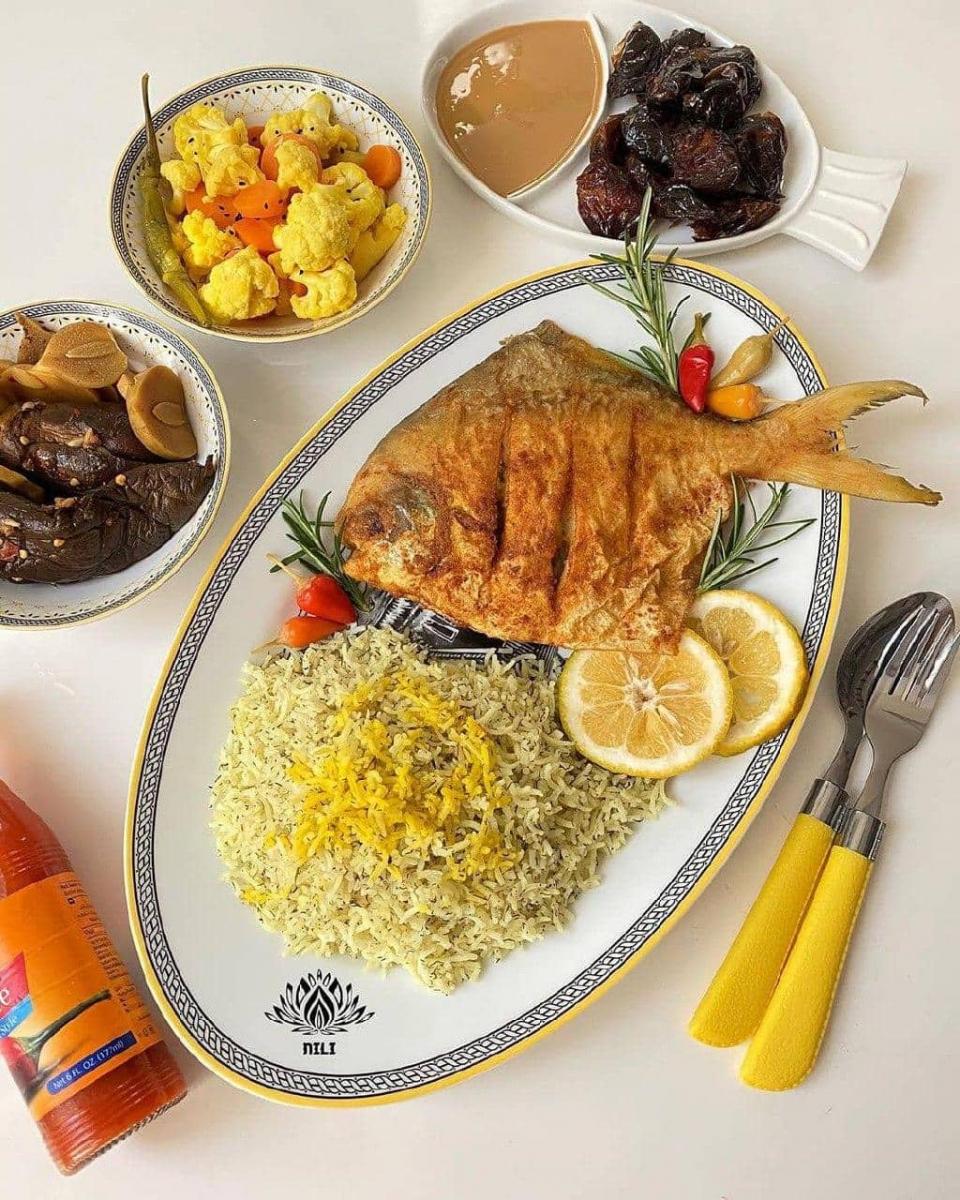
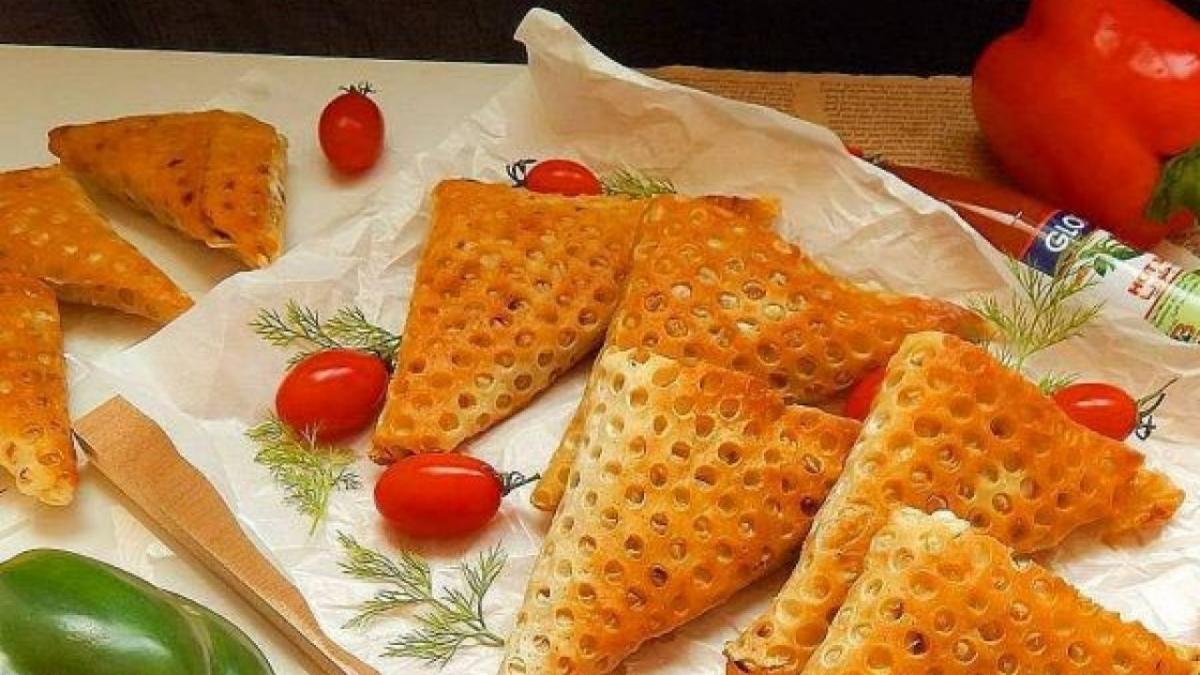
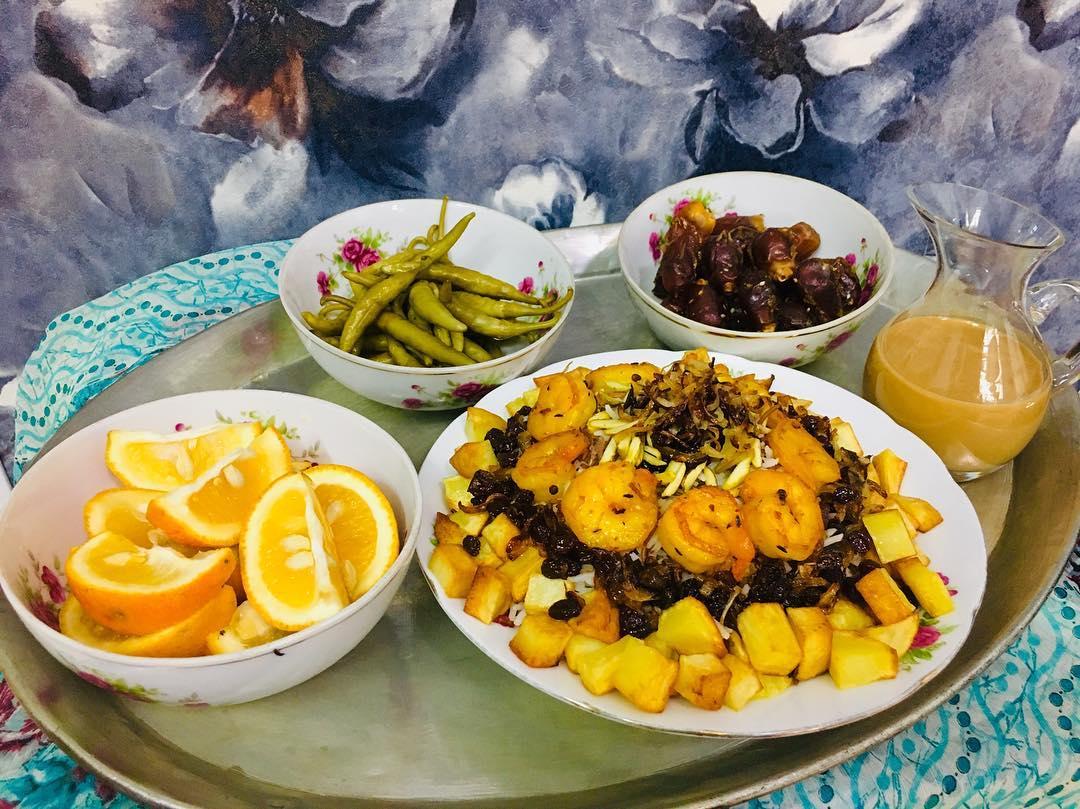
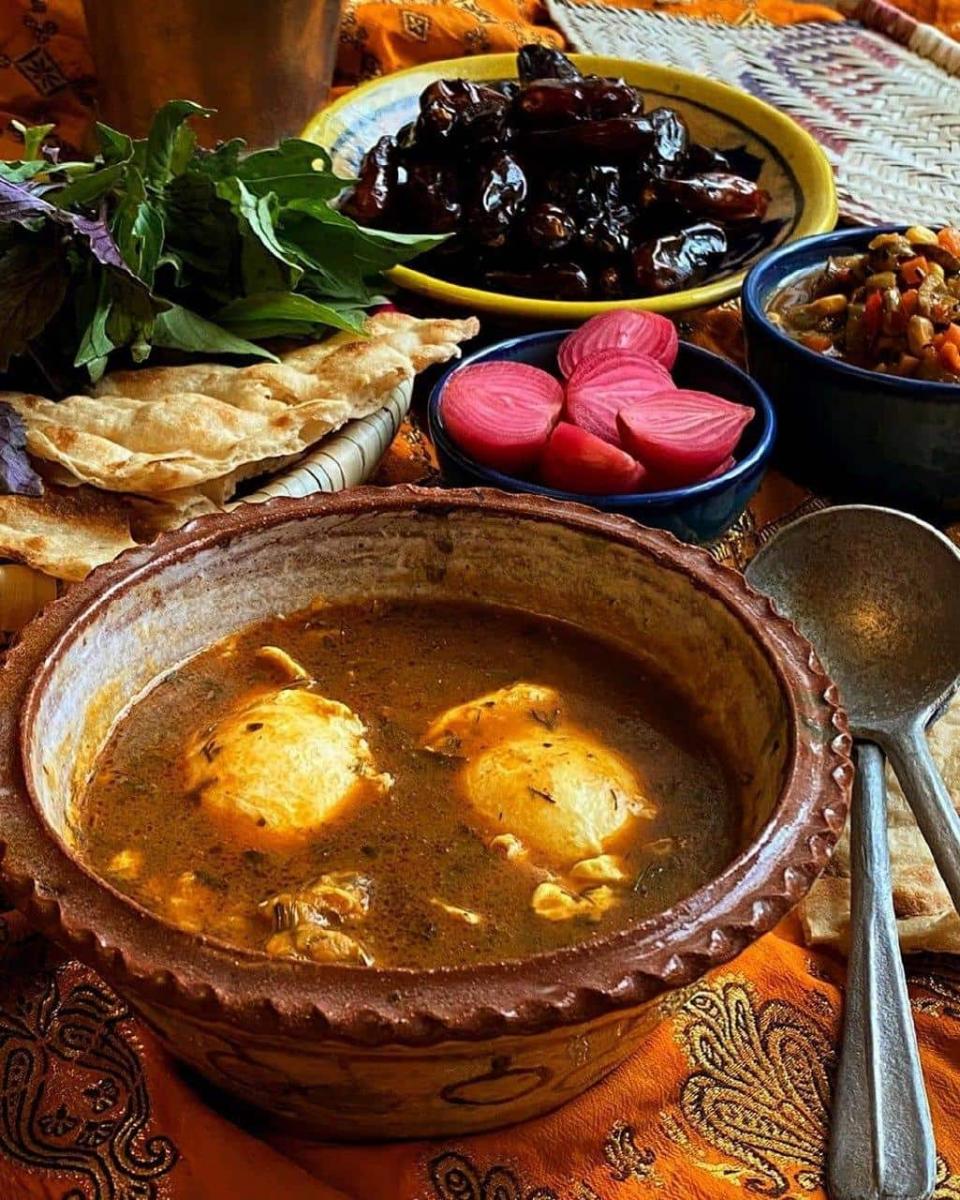 eyJpdiI6IkNZOXdKSy9USm5QL3JRYXBVWGVXSFE9PSIsInZhbHVlIjoiNnNHNElyT0czZEFuMGJLSUNlSHZ5QT09IiwibWFjIjoiMWYzY2Q4ZjM1ODYyNWM3YWNmMTIyMzE4YTNhNGY3NGYwZjU2MGUzYTQxYzVmY2ExNjVjMmE1ZDYzODZkZGY4MiIsInRhZyI6IiJ9 eyJpdiI6ImNSSW5pZ0I5VHlJc3A3U09VWFRZTWc9PSIsInZhbHVlIjoiM05NMUZtV0NQenFsOHFNWFRKUTJ0QT09IiwibWFjIjoiZTllZGE4NjhiY2YzNjEzYTI1MmIyY2RkZjEyNzI5NjdiZGQ3YzEzOTY5ZDk2NDZkZWZjNzk4YzI2N2M0MzdkNyIsInRhZyI6IiJ9
Author
info@yaldamedtour.com
/en/user-profile/10233
YaldaMedTour
Barajin Salamat Road
+98
Qazvin
Qazvin, Qazvin Province, Iran.
,
info@yaldamedtour.com
eyJpdiI6IkNZOXdKSy9USm5QL3JRYXBVWGVXSFE9PSIsInZhbHVlIjoiNnNHNElyT0czZEFuMGJLSUNlSHZ5QT09IiwibWFjIjoiMWYzY2Q4ZjM1ODYyNWM3YWNmMTIyMzE4YTNhNGY3NGYwZjU2MGUzYTQxYzVmY2ExNjVjMmE1ZDYzODZkZGY4MiIsInRhZyI6IiJ9 eyJpdiI6ImNSSW5pZ0I5VHlJc3A3U09VWFRZTWc9PSIsInZhbHVlIjoiM05NMUZtV0NQenFsOHFNWFRKUTJ0QT09IiwibWFjIjoiZTllZGE4NjhiY2YzNjEzYTI1MmIyY2RkZjEyNzI5NjdiZGQ3YzEzOTY5ZDk2NDZkZWZjNzk4YzI2N2M0MzdkNyIsInRhZyI6IiJ9
Author
info@yaldamedtour.com
/en/user-profile/10233
YaldaMedTour
Barajin Salamat Road
+98
Qazvin
Qazvin, Qazvin Province, Iran.
,
info@yaldamedtour.com
Keywords: Iranian Food, Persian Food, Iranian Cuisine,
Copyright © 2025 To YaldaMedTour. All Rights Reserved.
![]()




